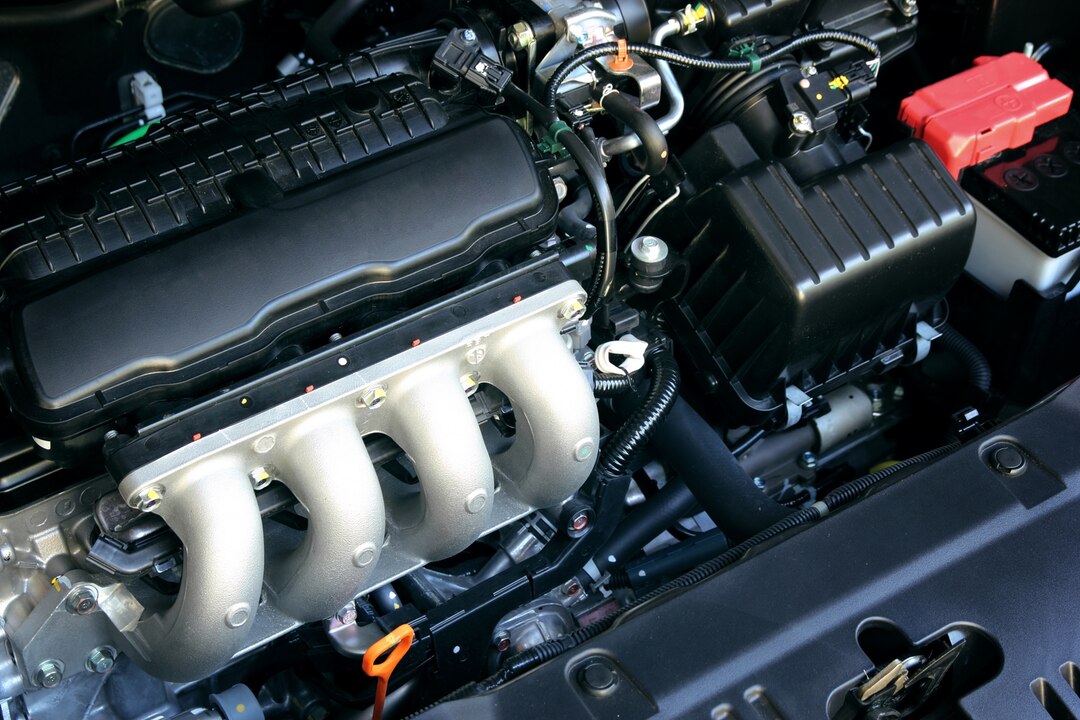The serpentine belt, also known as a drive belt, plays a crucial role in the operation of your vehicle’s engine. Responsible for driving multiple engine components such as the alternator, power steering pump, and air conditioning compressor, a properly functioning serpentine belt is essential for maintaining vehicle performance. Over time, however, the serpentine belt may wear out or become damaged, requiring replacement. In this article, we’ll delve into the process of replacing your car’s serpentine belt in South Africa, including the time frame involved and a reasonable cost estimate.
Understanding the Serpentine Belt:
Before discussing the replacement process, it’s important to understand the function of the serpentine belt. The serpentine belt is a long, continuous belt that wraps around various engine components, transmitting power from the engine to auxiliary systems such as the alternator, water pump, and air conditioning compressor. Without a properly functioning serpentine belt, these essential components would not operate effectively, leading to engine overheating, electrical system failure, and loss of vehicle power.
Signs of a Failing Serpentine Belt:
Several signs indicate that your car’s serpentine belt may need to be replaced:
- Squealing Noise: A high-pitched squealing noise coming from the engine bay is often a sign of a worn or slipping serpentine belt.
- Visible Cracks or Damage: Inspect the serpentine belt visually for signs of wear, such as cracks, fraying, or glazing. Any visible damage indicates that the belt should be replaced.
- Accessory Malfunctions: If your vehicle’s alternator, power steering, or air conditioning system fails to operate properly, it could be due to a worn or broken serpentine belt.
- Engine Overheating: A failing serpentine belt may cause the engine to overheat due to a malfunctioning water pump or cooling fan.
Replacement Process:
Replacing a car’s serpentine belt typically involves the following steps:
- Vehicle Inspection: Before beginning the replacement process, a mechanic will inspect the serpentine belt and associated components to confirm that replacement is necessary. This may involve visually inspecting the belt for signs of wear, as well as checking the tensioner and pulleys for proper operation.
- Belt Removal: Once it’s determined that the serpentine belt needs to be replaced, the old belt will be removed from the engine. This may require loosening or removing components such as the tensioner or idler pulley to access the belt.
- New Belt Installation: The new serpentine belt will be installed in place of the old one, following the manufacturer’s specifications for routing and tension. It’s crucial to ensure that the belt is properly aligned and tensioned to prevent slippage or premature wear.
- Tension Adjustment: After the new belt is installed, the tensioner may need to be adjusted to achieve the correct belt tension. This ensures that the belt maintains proper contact with the pulleys and operates smoothly without slipping.
- Final Inspection: Once the replacement process is complete, a final inspection will be conducted to verify that the new serpentine belt is installed correctly and functioning properly. This may involve starting the engine and checking for any abnormal noises or vibrations.
Time Frame and Cost Estimate:
The time frame for replacing a car’s serpentine belt can vary depending on factors such as the vehicle’s make and model, the accessibility of the belt, and the mechanic’s experience. In general, the replacement process can take anywhere from 30 minutes to 2 hours to complete.
As for the cost, the price of replacing a serpentine belt can also vary depending on these factors. On average, the cost of a new serpentine belt ranges from R200 to R1000, while labor costs typically range from R300 to R1500. Therefore, the total cost of replacing a serpentine belt in South Africa may range from R500 to R2500, depending on the specific circumstances.
Replacing your car’s serpentine belt is essential for maintaining proper engine performance and preventing potential breakdowns. By understanding the replacement process and the associated time frame and cost estimate, you can ensure that your vehicle remains safe and reliable on the road. If you notice any signs of a failing serpentine belt, such as unusual noises or visible damage, it’s important to have the belt replaced promptly by a qualified mechanic. With the right care and attention, your car’s serpentine belt will continue to operate smoothly and reliably for miles to come.











